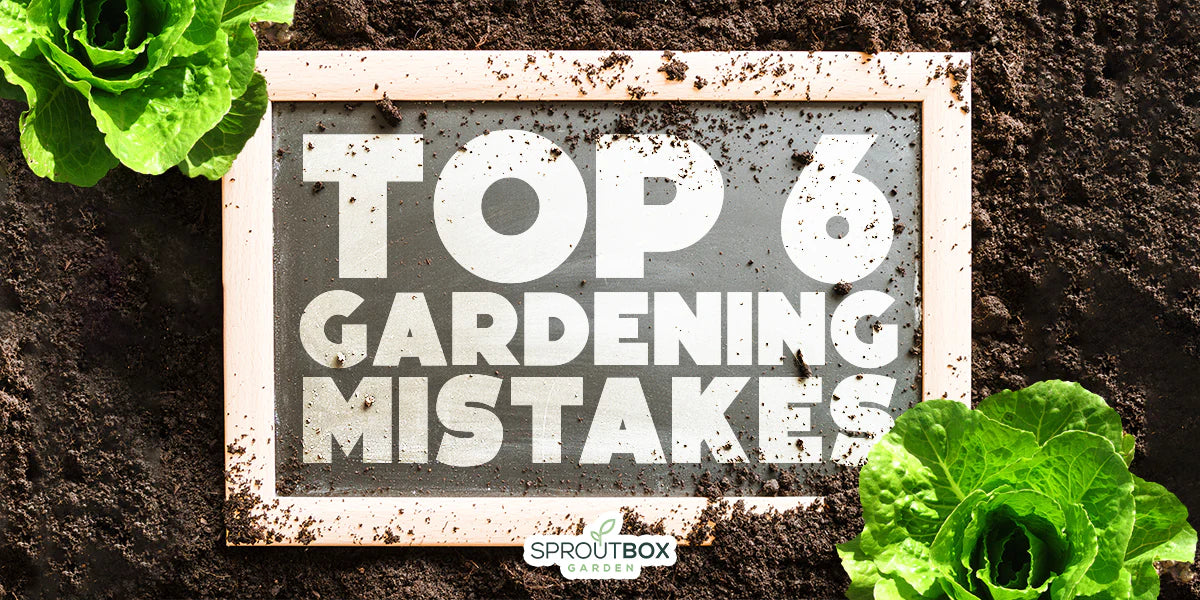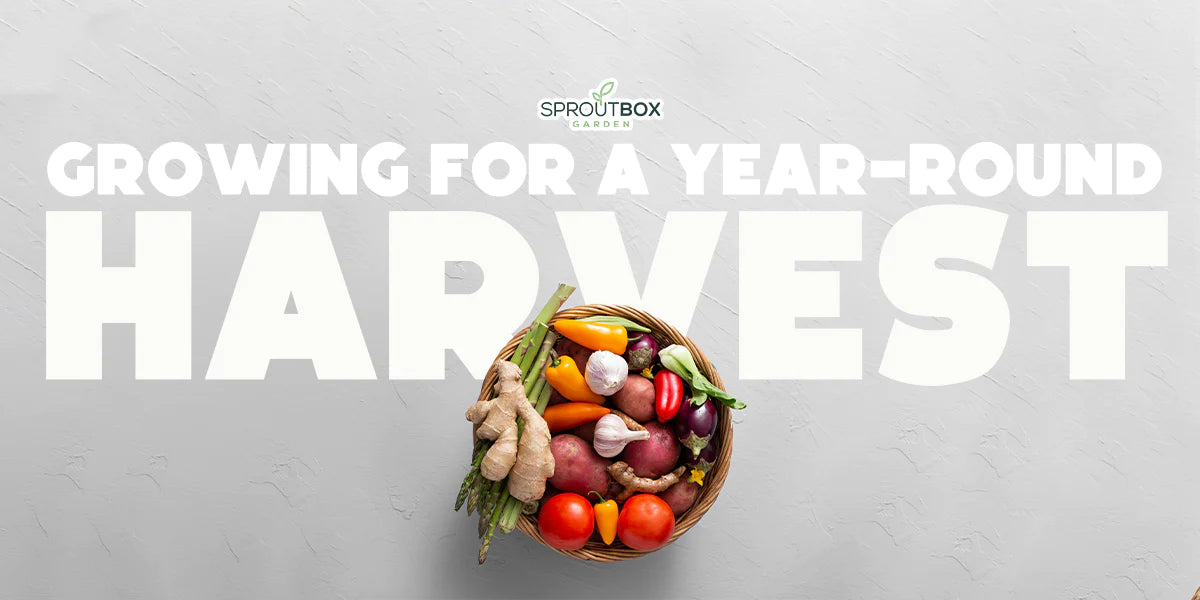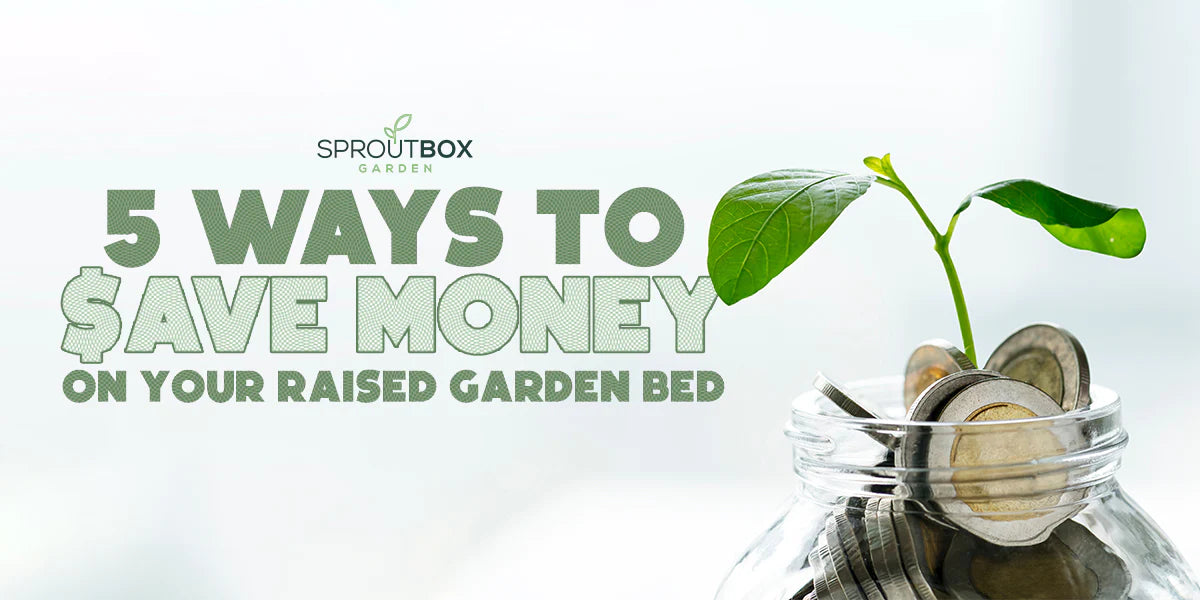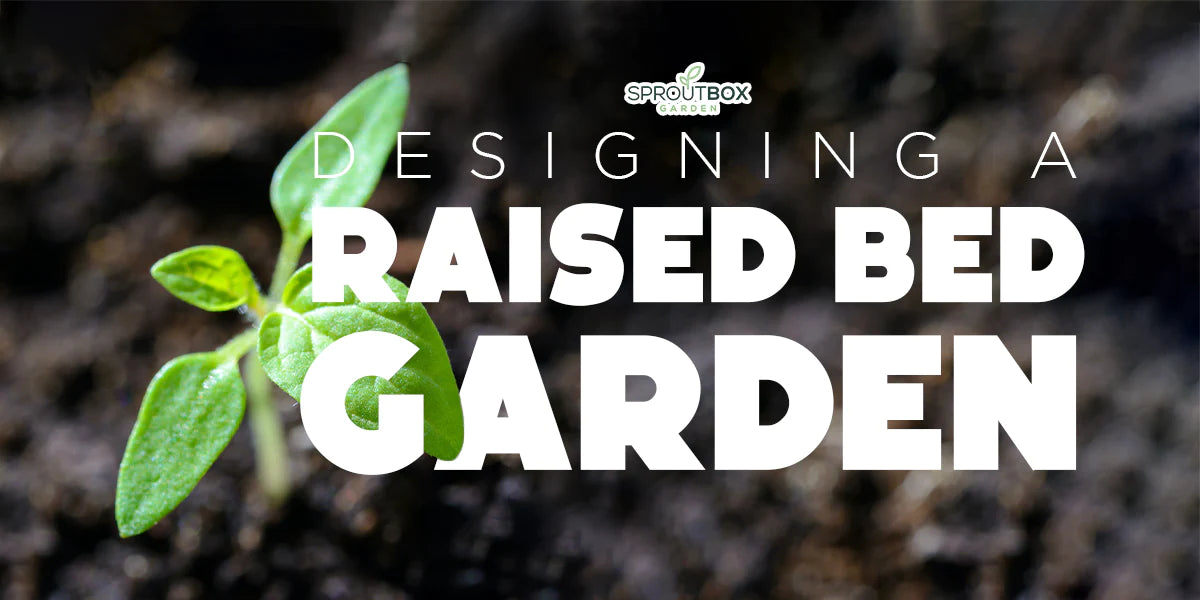July 31, 2024
How to Save Seeds from Summer Harvest: A Beginner’s Guide
Gardening is all about nurturing life, and there's nothing more rewarding than saving seeds from your own summer vegetables. This simple yet impactful practice can help you save money, preserve heirloom varieties, and create a garden that grows stronger and more resilient year after year. Let’s dive into a straightforward guide to saving seeds from your summer harvest.Why Save Seeds?
Saving seeds isn't just about thriftiness; it's about sustainability and continuity. When you save seeds from your healthiest plants, you are preserving the traits that thrived in your garden's specific conditions. Over time, these plants become more adapted to your local environment, making your garden more productive and resilient.
Step-by-Step Guide to Saving Seeds
1. Choose the Right Plants
Start by selecting healthy, robust plants that have performed well throughout the season. Look for those that have resisted pests and diseases and produced high yields.
2. Know Which Seeds to Save
Some vegetables are better for seed saving than others. Here are some summer favorites and how to handle them:
-
Tomatoes: Let the fruits fully ripen on the vine. Choose the best-looking fruits from your healthiest plants.
-
Peppers: Allow the peppers to turn red and become wrinkled before harvesting for seeds.
-
Cucumbers: Leave the cucumbers on the vine until they turn yellow and start to soften.
-
Squash/Zucchini: Let the fruits mature fully until the skin is hard and tough.
-
Beans/Peas: Leave the pods on the plant until they are dry and brittle.
3. Harvesting the Seeds
Tomatoes:
-
Scoop out the seeds and pulp into a jar.
-
Add some water and let it sit for a few days. The viable seeds will sink, while the pulp and non-viable seeds will float.
-
Rinse the good seeds and spread them out to dry on a paper towel.
Peppers:
-
Cut open the pepper and scrape out the seeds.
-
Spread them out on a paper towel to dry.
Cucumbers:
-
Cut the cucumber lengthwise and scoop out the seeds.
-
Rinse the seeds to remove any remaining pulp, then lay them out to dry.
Squash/Zucchini:
-
Cut open the squash and scoop out the seeds.
-
Rinse them to remove any flesh, then spread them out to dry.
Beans/Peas:
-
Simply shell the dry pods and collect the seeds.
4. Drying the Seeds
Properly drying the seeds is crucial to prevent mold and ensure long-term storage.
1. Spread the seeds on a paper towel or screen in a single layer.
2. Place them in a cool, dry area away from direct sunlight.
3. Stir them occasionally to ensure even drying.
4. Depending on the seed type, drying can take several days to a few weeks.
5. Ensure the seeds are completely dry before moving to the next step.
5. Storing the Seeds
Once your seeds are thoroughly dry, it's time to store them for future planting.
-
Containers: Use airtight containers like glass jars or sealed envelopes. If you’re using envelopes, store them in a sealed container to keep out moisture.
-
Labeling: Don’t forget to label each container with the plant type and the date of harvest. Trust me, come spring, you’ll be glad you did!
-
Storage Conditions: Keep your seeds in a cool, dark, and dry place. A refrigerator works well if you have the space, but a cool basement or pantry is also fine.
Common Challenges and How to Overcome Them
Mold and Rot:
-
Make sure seeds are completely dry before storing. If you see mold, discard those seeds and dry the next batch more thoroughly.
Poor Germination:
-
Use seeds from the healthiest plants and ensure they are well-dried and stored properly.
Cross-Pollination:
-
For plants like squash and cucumbers, cross-pollination can be an issue if you’re saving seeds. To maintain pure strains, grow only one variety or separate different varieties by a considerable distance.
Seed saving is a rewarding and empowering practice that connects you with the full cycle of plant growth. By following these simple steps, you can ensure that your garden continues to thrive season after season. So next time you harvest those juicy tomatoes or crisp cucumbers, take a moment to save some seeds.
Your future garden will thank you!
Metal raised beds can make the whole process easier. They offer excellent drainage, better pest control, and an organized space that simplifies harvesting. Sign up for our email community and get $35 off your first order of metal raised garden beds and other gardening essentials!
Happy gardening!






